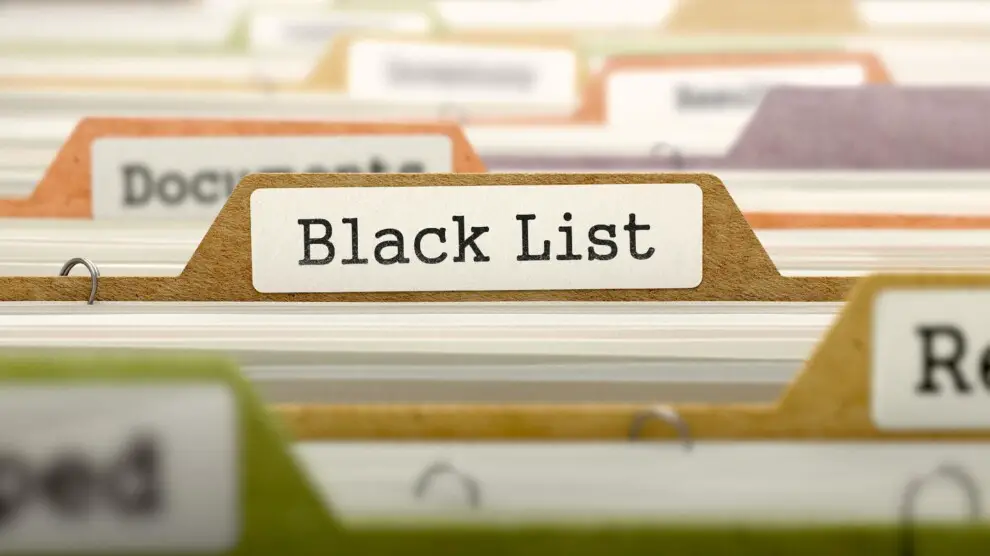The situation when email letters no longer reach recipients is not really pleasant, as well as causes a lot of troubles. There are numerous public blacklists that can include some IP addresses and domains. Anyone can create a blacklist, both large reliable companies, and small independent networks. But not all lists have the same effect on deliverability. Mail providers and filtering programs don’t check each of them; they combine data from different public blacklists and their own data to determine the sender’s reputation.
The domains’ reputation is monitored by search engines, browsers, and antiviruses to warn their users about the transition to a suspicious site. They get information from blacklists — databases of dangerous domains and IP addresses. If the site got into a blacklist, then it contained a threat. All sites from the blacklists had (or have) security problems and, as a result, gained a bad reputation. Lists of dangerous sites and blacklists database are maintained by many anti-virus services and online services.

Blacklists and What They Are
For email marketing, a blacklist is a list of IP addresses or domains that have been noticed in spam mailings.
There are public and private blacklists.
- Public blacklists
They are much more dangerous. Public, open blacklists are used by lots of mail providers and spam filters. If a domain or IP is included in such a list, letters can be blocked on numerous addresses from your list.
- Private blacklists
The address or domain is added to the blacklist in your mail program or the mail server. Emails from this sender will no longer reach your inbox. Lots of large companies have their own black and white lists for email senders. The maximum threat of a private blacklist is the inability to send letters to a specific domain. Such issues are easily resolved in correspondence with the mail server administrator.
Blacklist Types
Blocking emails often equates to being blacklisted; however, this is not the same thing. These two events can be united by one reason, for example, this situation is often associated with poor database quality, numerous non-existent mailboxes, and user complaints.
There are 4 blacklist types:
- IP DNS blacklist checks sender IP addresses with an open list of mail servers of known spam senders.
- IP blacklist. They work in real-time and are called real-time blacklists and domain name server blacklists.
- Domains blacklist stops messages containing links to the domains specified in the list of open URI spam blacklists. These are real-time blacklists of links contained in the body of the message.
- An email blacklist is a user database of email addresses and domains from which messages will always be blocked.
Providers typically filter spam using real-time blackhole lists (RBLs). These are lists of well-known spammers addresses, addresses of open mail transmissions used by spammers from time to time or regularly. These lists are maintained by provider and volunteer organizations. Blacklists make it possible for providers to refuse to receive a letter not reading it analyzing the return address.







